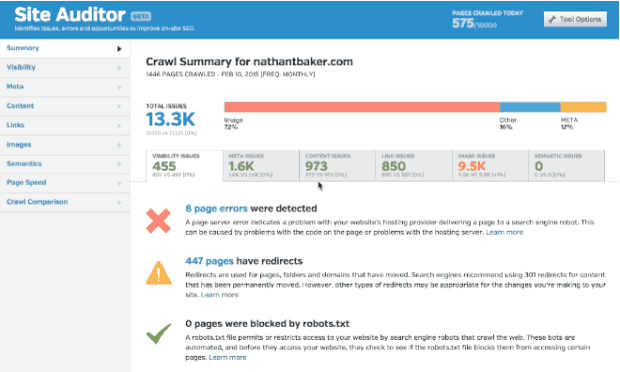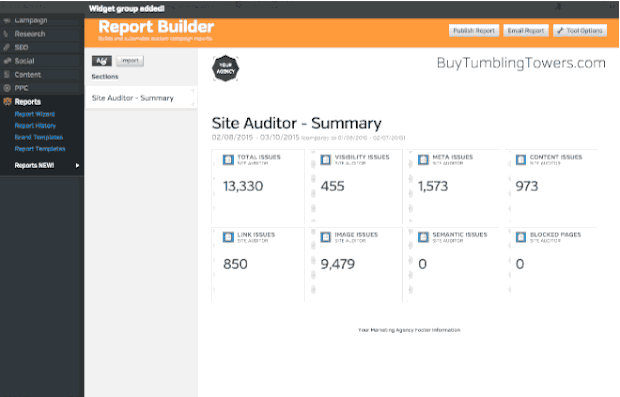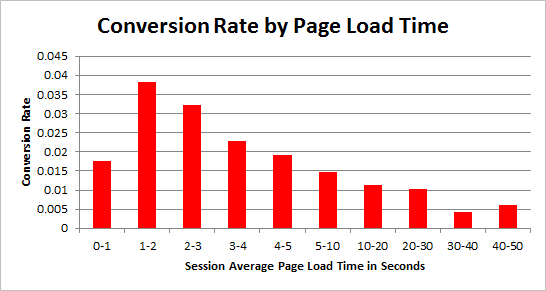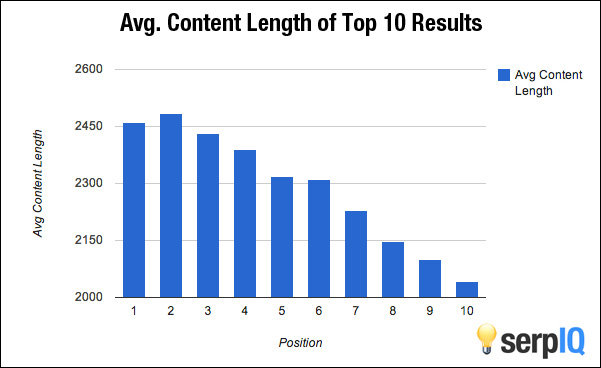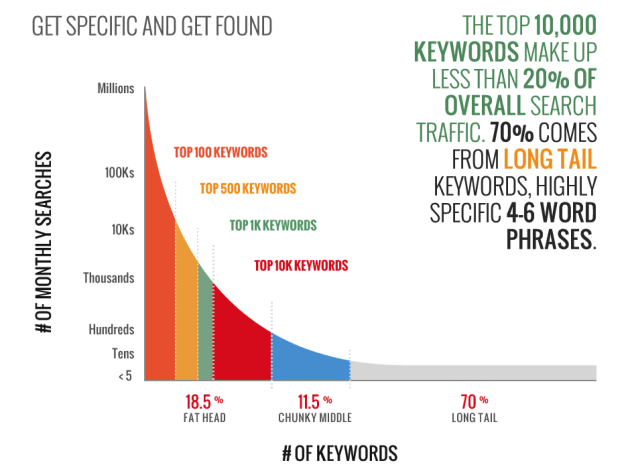Are you already doing work for an e-commerce client, but they’re missing out on a larger opportunity to increase search visibility? Or looking for a template to use when pitching SEO e-commerce work to new clients?
An e-commerce client may be better served if you fix on-site SEO issues and conversion problems before investing more heavily in content, social or PPC.
Use this guide to create an introductory SEO e-commerce website audit that will show clients why investing in search visibility is a vital first step to any integrated online marketing campaign.
Discover the Opportunity
Before approaching your e-commerce client about SEO work, make sure you can improve their search visibility. Running an automated SEO site audit is the easiest way to check technical issues that need correcting.
The number of issues and type will help you measure how much SEO work needs to be done. This will let you gauge the impact cleaning up the site may have.
You should be able to quickly spot common SEO mistakes such as duplicate Page Titles, duplicate content and 404 errors by reviewing the SEO audit.
When prioritizing SEO issues, start by looking into areas that could have the greatest impact. Start with visibility, meta data, content and links.
For instance, if you see issues with duplicate content, check to see if product pages have multiple dynamic URLs. If so, create a plan for using the rel=canonical tag to focus value toward category pages.
There also may be an issue with pages having low word counts. If so, create a plan for adding more relevant content. In a recent interview about getting e-commerce SEO right, Raven’s chief product officer Jon Henshaw shared how to get product pages to rank:
Many e-commerce pages suffer from duplicate content. So, the first factor I would focus on is uniqueness. The goal should be to make a product page hyper-focused on the actual product. That means possibly having longer, unique product descriptions and including additional collateral like original videos, reviews and other content that can’t be found anywhere else.
And of course cleaning up technical issues, like website speed and crawl errors are always a good investment.
After you have a grasp of issues specific to your client’s website, start ranking each issue and make a brief prioritized plan of action.
Opportunity Action Items
Run a crawl in Raven’s Site Auditor to discover SEO opportunities.
- Create a campaign for your prospect or navigate to your client’s campaign in Raven.
- Go to SEO > Site Auditor.
- Click Start Crawl if a report doesn’t already exist.
Don’t have a Raven account? Create a report using our free trial. No credit card required.
Craft Your Report
Using what you learned from the audit, write a brief pitch about what you’d prioritize first. Here’s an example:
Hi Joe,
We’ve been managing your PPC campaign, and it’s been a good investment. After reviewing your website, I believe there’s an even greater opportunity we’re not currently pursuing.
If we focus on search engine optimization (SEO) for your website, we can increase the visibility of your website in search engines. It’s a great long-term investment since search referral traffic is the highest source of traffic because people are actively searching for what you offer. This type of traffic will only grow over time if you add relevant content and undertake social outreach.
In your case, we would have the greatest impact by creating unique titles for your products pages, fixing any duplicate content issues, trimming and focusing links on your homepage, and increasing the page speed of your top converting product pages.
The more we optimize the on-page factors, the better it will be for both search engines and people. When more people can find your products easily, it means more money in the bank. I’ve included some research at the bottom of this report, explaining the impact of SEO on e-commerce websites.
If I don’t hear from you, I’ll call you Friday to share the details of the results you can expect when moving forward with a proposal.
Once you’ve communicated the opportunity, start putting your report together like this:
- Your plan and priorities for raising search visibility
- A list of SEO issues that can be cleaned up
- Data on page speed and website quality
- Research showing the impact of SEO on e-commerce
Here’s an example of a live SEO e-commerce audit report I created in Raven. It’s an interactive HTML report, focusing on business development rather than detailed analysis.
Reporting Action Items
Create a report and add data from Site Auditor and Site Performance tools.
- Go to Reports and create a new report.
- Add your logo.
- Click Add > Text Summary and explain the opportunity.
- Click Add > Site Auditor > Summary.
- Click Add > Load More > Site Performance > Summary.
Don’t have a Raven account? Create a report using our free trial. No credit card required.
Bolster Your Case With Research
Be sure to supplement your SEO e-commerce audit report with specific research explaining the impact of working on the SEO issues you bring up. Here are some examples of relevant research to include.
The Importance of Search Traffic to E-Commerce
Email marketing and organic search are the most frequent sources of e-commerce traffic, according to a 2014 MarketingSherpa survey of over 4,000 marketing professionals.
Websites that rank higher than competitors are seeing more of this organic traffic. Slight changes in rankings can make a huge difference in traffic. The first search position alone accounts for 32.5% of all traffic. And 91.5% of all Google traffic is coming from the first page, according to a 2013 study from Chitika.
Fast Web Pages Sell More
According to a 2012 study from TagMan, just a one-second delay in page load time can cause 7% fewer customer conversions. People increasingly expect fast loading websites. The longer it takes a website to load, the more customers will be hitting the back button.
Descriptive Product Pages Lift Visibility
The top ten results on a search engine’s results page (SERPs) contain over 2,000 words on average, according to 2012 research from serpIQ. Content length correlates with quality.
When you apply this theory to e-commerce product pages, you want to make sure you’re sharing enough information for the customer to be engaged and informed, rather than settling for the bare minimum.
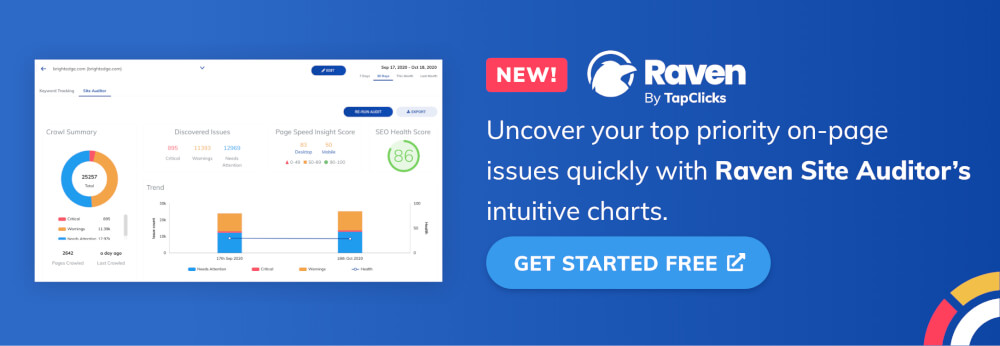

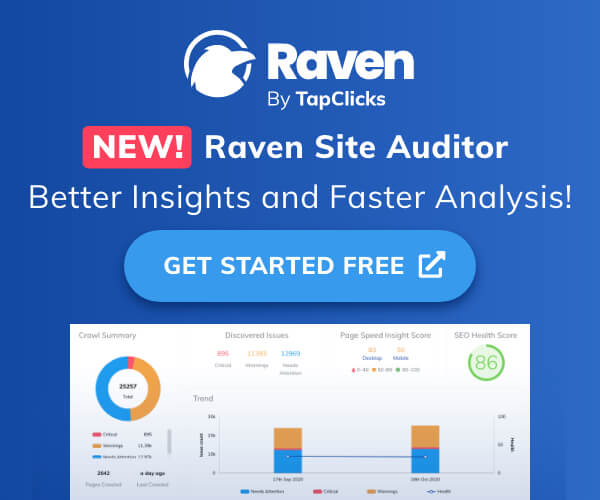
People Search for Long Tail Keywords
According to Bill Trancer’s 2008 analysis of Hitwise data, the majority of search phrases aren’t common words, such as “shoes.” The vast majority of searches are made up of longer, descriptive phrases such as “Adidas yellow men’s running shoes.”
Optimizing product pages for long tail keywords rather than “head” terms is one of the most effective ways to rank higher in the SERPs.
Include This Research in Your Report
Want a head start? Use the HTML code in the action box below to include this research in your report. You can modify if you want a customized report.
Research Action Items
Include the research above in a Raven report using the code below.
- In your Raven report, click Add > Text Summary.
- Click the Source button.
- Copy and paste the code below into the text summary source code box.
- Click Submit.
Don’t have a Raven account? Create a report using our free trial. No credit card required.
Close the Next Project Even Quicker
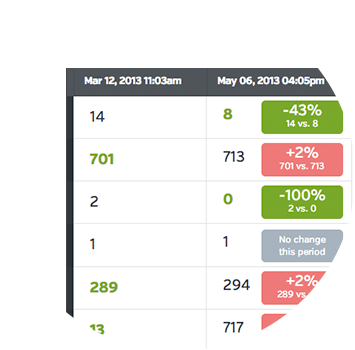
The beauty of pulling metrics at the beginning of a project is that you can use your first report as a benchmark for future work. You’re already up and running with measuring progress.
If you have Google Analytics access, include organic traffic in your first report to determine how much of an impact your SEO work will have in the future. In Raven, you can overlay an event on traffic to easily visualize the impact of your SEO work.
If you’re sending a report to a prospect and you don’t have Google Analytics access, you can still use your first report to show how many SEO issues you’ve cleaned up over time.
Being able to show clients the reports and what they look like before a sale is awesome. Being able to benchmark and show results after the first few months tends to WOW our clients.
— Christopher West, Digital Marketing Specialist at Media Heroes
Then, to save even more time, use your SEO business development report as a template for the future. You don’t have to start from scratch when pitching new business.
Closing the Deal Action Items
Review your report and send it off.
- Click Publish Report, then View Published to preview your report.
- Click the Email Report button when you’re ready to send it off.
- Turn your report into a sharable template to streamline reaching out in the future.
Don’t have a Raven account? Create a report using our free trial. No credit card required.
Always look out for ways to surprise clients with a straightforward and solid plan. They may have hired you to manage their paid search campaigns, but paying for more traffic may not be their best next step.
Sometimes a client doesn’t know what they need, until you bring it to their attention.
How do you asses the type of work a client needs most?
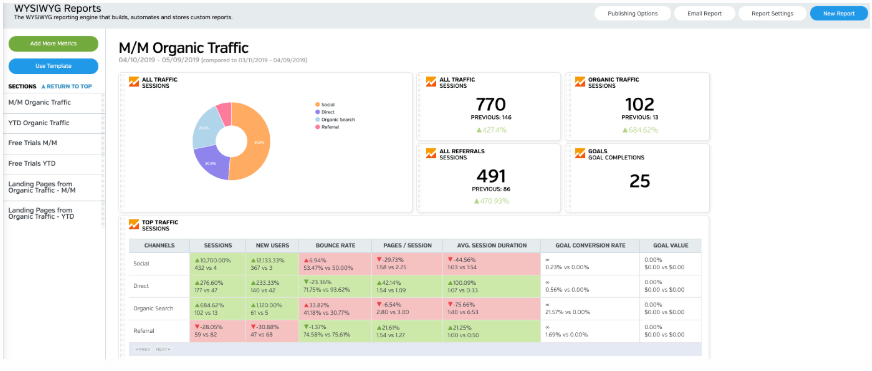
White Labeled and Branded Reports. Drag and Drop Editor. Automate your SEO, PPC, Social, Email, and Call Tracking Reporting.





